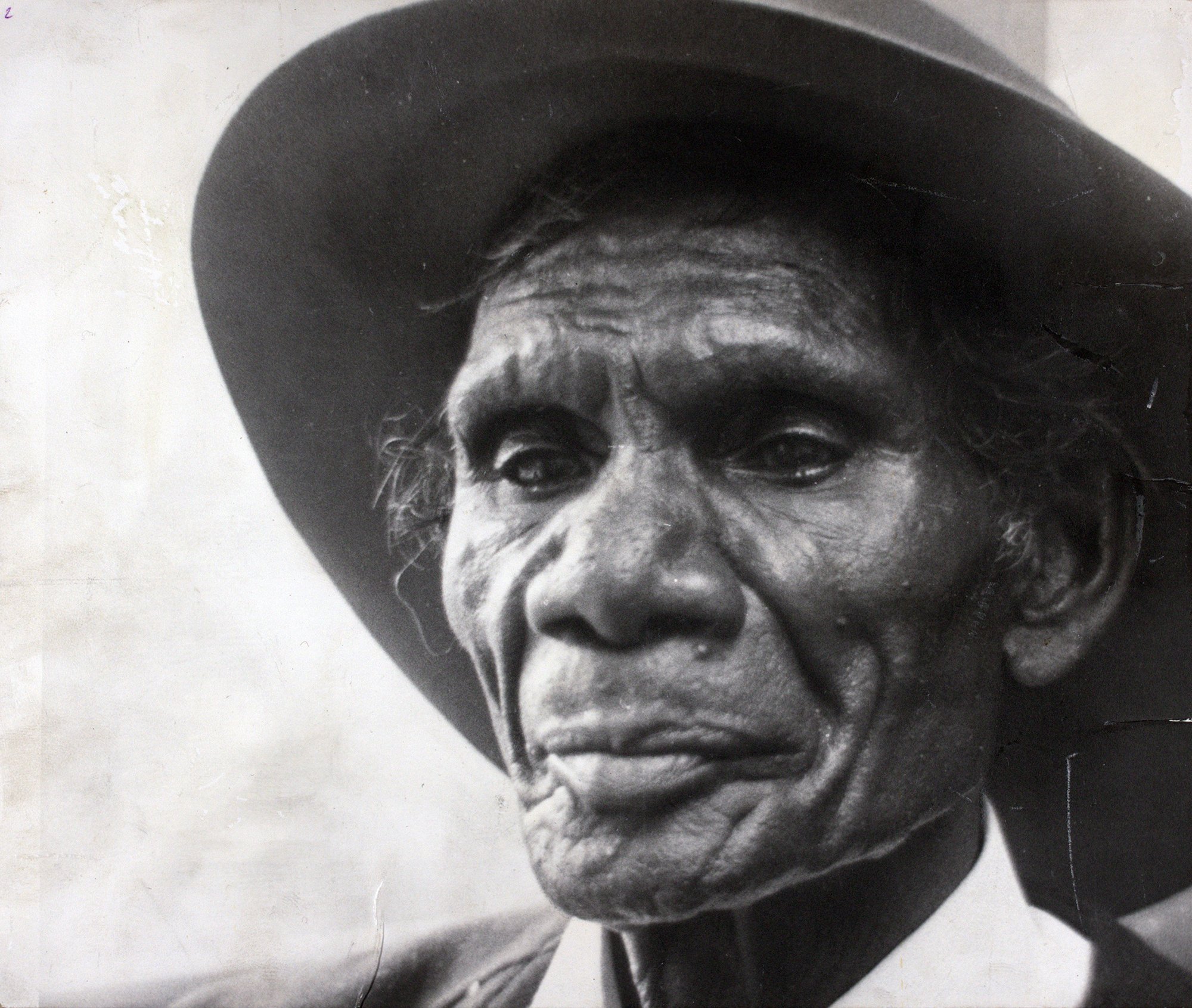DAVID YIRAWALA
MARKET ANALYSIS

While Sandra Holmes played an important role in supporting Yirawala during the later part of his career as a painter, it is interesting to note that 7 of the top 8 results for his works have been for paintings created prior to their agreement over the distribution of his works. This may make some sense given her fastidious accumulation of his paintings into such a large permanent collection, which was later sold to the NGA. His ten highest records range from $22,800 to $49,850 of which two were sold in 1997 and two in 1998 and it is likely that, other than truly spectacular images Yirawala’s works are no more valuable now than they were 10 years ago. By way of example, a large bark for this artist measuring 128 x 53 cm, in size entitled Sacred Bird c. 1965, sold in Sotheby’s June 1998 sale for $26,450 and yet only received $17,250 when offered for sale again two years later. In comparison Yirawala’s top priced painting, the quirky 10 Mimih’s c. 1959 is full of movement and joyous expression. This smaller work, 87.5 x 59.5 cm., showed an increase of $22,600 over its 1999 price at Sotheby’s when it achieved $49,850 in their July 2003 sale. The collector, who more than doubled his money in just three years would have been very happy indeed.
Yet attempts to push his prices through unrealistically high estimates have failed in a market that has been quite flat for bark paintings of this period other than those with the most engaging images. Lumah Lumah’s Daughters c. 1970, a small bark of 43 x 20 cm., failed to sell in Sotheby’s 1997 auction with hefty estimate of $15,000-$20,000. It failed once more in their 2002 sale despite being more realistically priced at $7,000-$10,000, yet finally achieved $8,000 at Sotheby’s in July 2004. This was most dramatically iunderscored in 2008 when no less than 11 works were offered yet only 3 sold. Remarkably every single one of the 11 works were offered through Sotheby’s and while the two most successful equalled his 10th, and set his 11th, highest records no lees than 5 works with low estimates in excess of $20,000 failed to find buyers. It was a disaterous year at auction for works by such a great artist and resulted in his career clearance rate dropping from 69% to 65%.
During the years when no less than 5 of his works were sold at auction the average prices peaked in 1997 when the average price was $18,400, and 2003 with an average price of $23,908. The spike in prices in 2003 and 1997 were principally due to his two highest results occurring during each of those years. With the effect of these discounted, his prices have remained remarkably stable throughout the period. In 1998 the average fell to $14,704 followed by $14,390 in the following year before the 2003 peak. Prices fell once more to an average $14,975 in 2004 with three paintings passed in.
In general, prices for premium pieces have risen slowly while less interesting and stilted works have fallen in value. Those works painted c. 1958-1960 have had more success at auction than later works, however, in all probability, as neither the number of works nor the length of time statistics have been gathered on this artist has really been long enough to judge accurately, it is likely that the image rather than the cultural story, or the period painted, is the important factor in the sale price.
Yirawala was a master technician and the condition of most of his bark paintings is extremely good. His 2008 results reinforce the fact that reselling a bark that was bought in the 1997-1998 period is definitely not advisable at the present time. However such is the calibre of this artist that if the economic downturn results in more reasonable estimates , especially from Sotheby’s, it may well be the right time to buy one of his better barks. There has been a recent surge in the value of a number of currently practicing bark painters and it is only a matter of time before the work of Yirawala and other great bark painters of the period is reassessed, sparking a resurgence of interest in their art.
© Adrian Newstead

